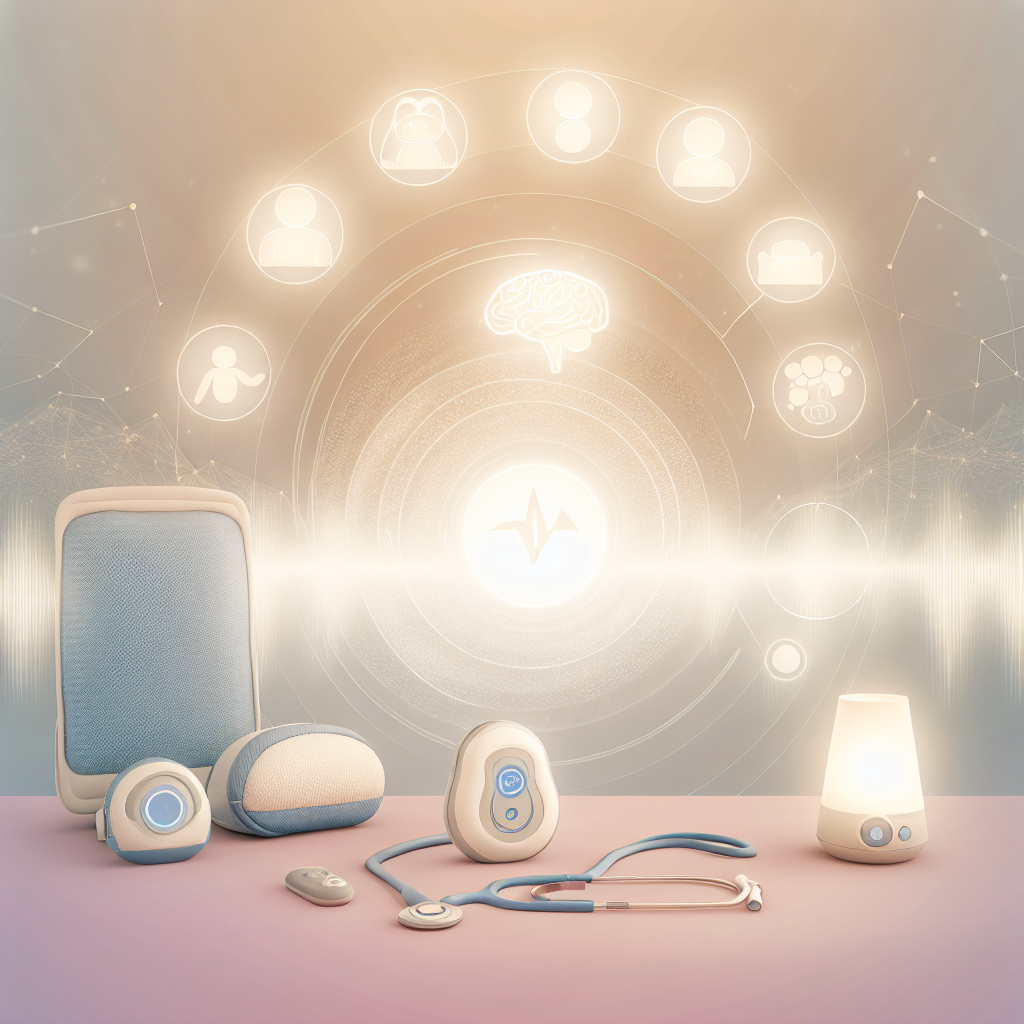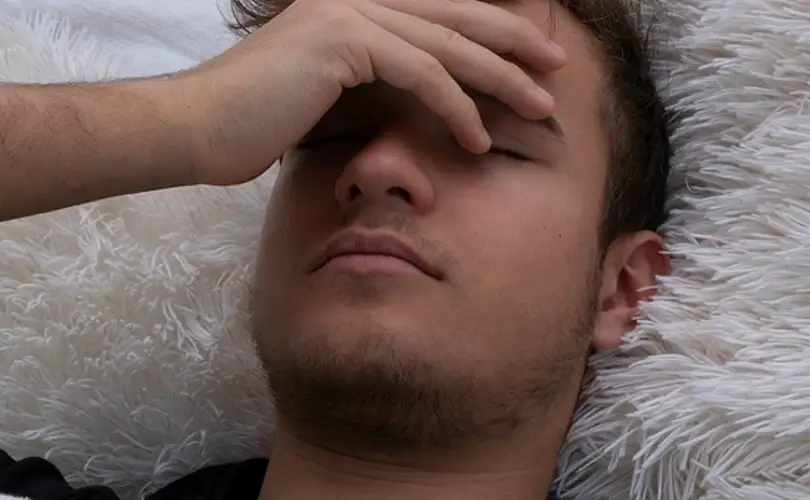Children’s Smart Sleep Products: Medical Review
Introduction
In today’s fast-paced digital world, children are increasingly exposed to technology, and this extends even to their sleep routines. Smart sleep products for children have gained popularity as parents seek to optimize sleep quality and establish healthy bedtime habits. From sleep-tracking wearables to smart sleep lights and high-tech sound machines, these innovations claim to improve a child’s sleep environment while providing valuable insights into sleep patterns.
The National Sleep Foundation reports that children require anywhere from 9 to 14 hours of sleep per night, depending on their age, for optimal growth, cognitive function, and emotional regulation. However, many children fall short of these recommended sleep durations due to poor sleep hygiene, screen exposure before bedtime, and difficulty unwinding.
Some of the most common smart sleep products for children include wearable sleep trackers, smart sound machines, smart sleep lights, smart beds and cribs, and interactive sleep apps. While these products promise improved sleep health, questions remain about their medical efficacy.
Medical Insights: Do Smart Sleep Products Really Work?
Medical research on smart sleep products for children is still in its infancy, but preliminary findings suggest that certain technologies may offer measurable sleep benefits when used appropriately. Sleep experts emphasize that while technology can be a supportive tool in managing sleep health, it should not replace fundamental sleep hygiene practices such as maintaining a consistent bedtime routine, reducing blue light exposure, and creating a comfortable sleep environment.
Wearable Sleep Trackers: Helpful or Harmful?
A study published in Nature and Science of Sleep (2021) found that wearable sleep monitors provided valuable data on sleep-wake cycles, aiding both parents and healthcare professionals in assessing a child’s sleep health. However, pediatric sleep experts warn against over-reliance on such devices, as excessive monitoring may lead to sleep anxiety in children.
Smart Sound Machines: The Science Behind White Noise Therapy
Research from The Journal of Clinical Sleep Medicine (2020) demonstrated that white noise exposure during sleep improved sleep onset and overall sleep stability in children with difficulty falling asleep. However, it is essential to maintain a safe volume level, as prolonged exposure to high-decibel noise may impact auditory development.
Smart Sleep Lights: Regulating Circadian Rhythms
A 2019 study in Chronobiology International found that children exposed to red and warm-toned sleep lights exhibited improved sleep efficiency compared to those exposed to blue or white light. These findings suggest that smart sleep lights can be beneficial when used correctly, particularly for children struggling with irregular sleep patterns or bedtime resistance.
Smart Beds and Cribs: Can High-Tech Sleep Solutions Improve Comfort?
A 2022 clinical trial published in Sleep Health found that babies sleeping in temperature-controlled cribs slept 30% longer than those in traditional cribs. While these innovations can be helpful, they should not replace parental supervision or traditional sleep-conditioning methods.
Interactive Sleep Apps: Do Digital Relaxation Tools Help?
Clinical data published in Behavioral Sleep Medicine suggests that cognitive behavioral therapy (CBT)-based sleep applications effectively reduce bedtime resistance in children with mild insomnia. However, experts advise regulating screen time and ensuring that app-based interventions do not replace essential bedtime routines.
Final Verdict: A Balanced Approach to Smart Sleep Products
Smart sleep products for children offer potential benefits in improving sleep quality, promoting stable sleep routines, and providing insights into sleep health. However, experts emphasize that these tools should serve as supplementary aids rather than replacements for foundational sleep hygiene practices. While medical studies indicate positive outcomes for certain smart sleep technologies, further research is required to understand their long-term effects on children’s sleep health and overall well-being. The key to sleep success lies in moderation, a well-structured routine, and mindful use of technology-enhanced sleep solutions.
Summary:
Smart sleep products, such as wearable trackers, sound machines, and sleep lights, have the potential to improve children’s sleep quality and provide valuable insights. However, these tools should be used as supplements to fundamental sleep hygiene practices, not replacements. More research is needed to fully understand the long-term effects of these technologies on children’s sleep and overall well-being. A balanced approach that incorporates smart sleep products while reinforcing traditional sleep strategies is recommended.

Dominic E. is a passionate filmmaker navigating the exciting intersection of art and science. By day, he delves into the complexities of the human body as a full-time medical writer, meticulously translating intricate medical concepts into accessible and engaging narratives. By night, he explores the boundless realm of cinematic storytelling, crafting narratives that evoke emotion and challenge perspectives.
Film Student and Full-time Medical Writer for ContentVendor.com




